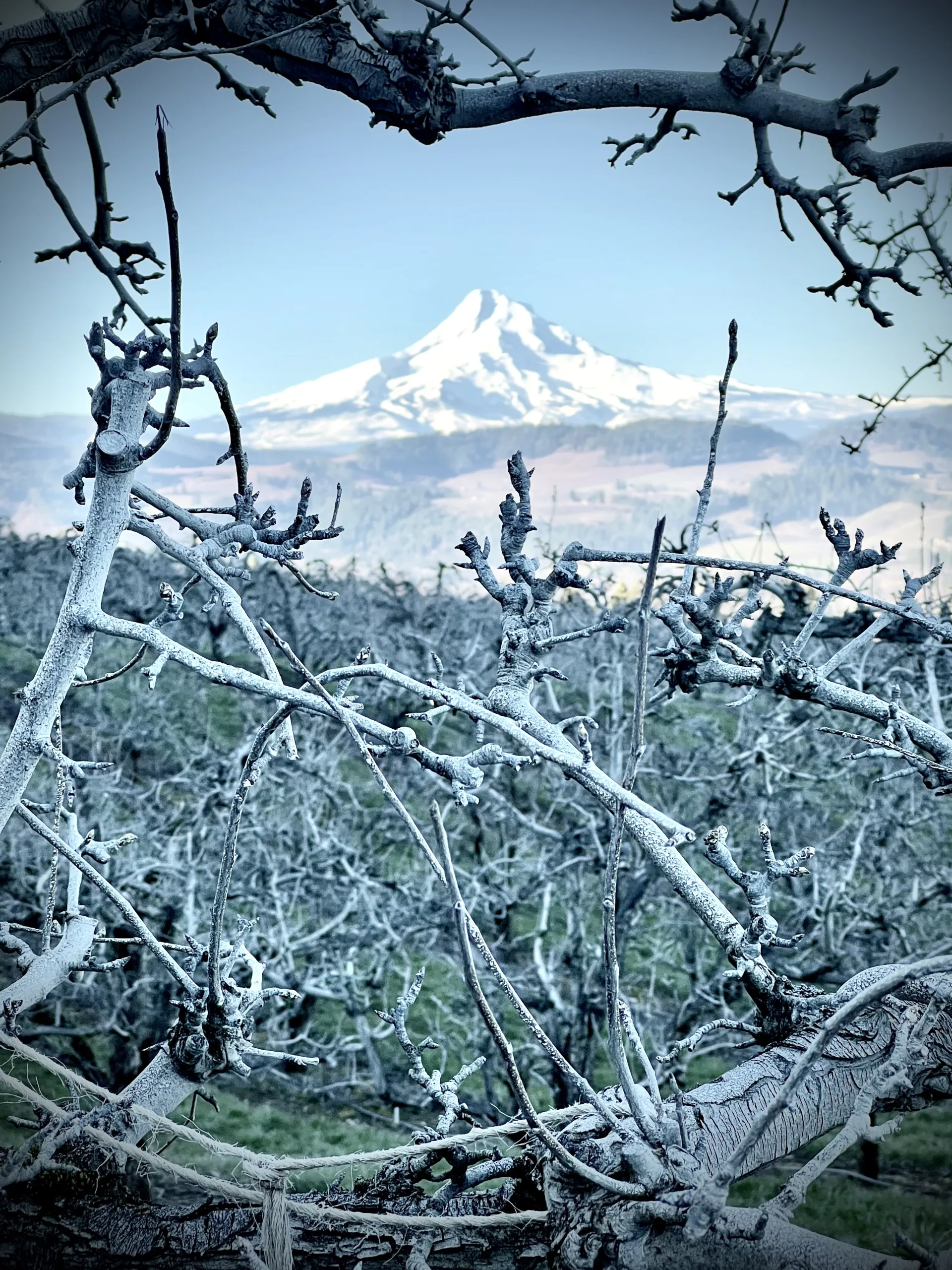Current pricing is $3225 for each set of hardware:
- ClimaVue 50 Weather Station $2400 each
- Aspen 10 Data Logger $825 each
Pricing subject to change. Volume discounts available for orders of 10+.

The CGFG weather network currently includes 70+ weather stations that are used for frost monitoring, micro-forecasting, and pest modeling.
Members in good-standing are eligible to participate in our weather monitoring program. Members pay for the cost of hardware, and receive free hardware installation and no-cost maintenance, technical support, and connectivity/cloud storage subscription fees for a period of at least five years.
All participants in this program are required to sign a contract with CGFG agreeing to the terms and conditions of program participation.
We have selected Campbell Scientific’s ClimaVue 50 All-in-One Weather Sensor as the best choice for all new and replacement stations. Campbell offers professional, scientific-grade weather stations trusted by universities and other scientific organizations. For each weather station purchased, members must also purchase an Aspen 10 Cloud Data Logger.
The ClimaVue50 measures air temperature, relative humidity, vapor pressure, barometric pressure, wind (speed, gust, and direction), solar radiation (including ETO), precipitation, and lightening strike (count and distance).
The Aspen 10 Data Logger also supports other sensor types (including soil moisture sensors, water level sensors, and more), but additional hardware costs and subscription fees will apply and these additional sensors are not included in CGFG’s weather monitoring program.

Current pricing is $3225 for each set of hardware:
Pricing subject to change. Volume discounts available for orders of 10+.

Need technical support for your weather station or weather portal?
Contact Lauri at Cascade Weather LLC with any questions or service needs: lauri@cascadeweather.com
The current portals used by participants (weather.cgfg.net and www.rainwise.net) are ending service in 2025.
Washington State University’s AgWeatherNet is the only available portal that will provide weather station data for both Rainwise and Campbell data in one place.
AgWeatherNet allows for alerts to be set for any sensor (temperature, windspeed, rainfall, etc.) and currently offers alerts via text message (SMS), email, and voice phone calls.
Campbell Scientific offers their own web portal , Campbell Cloud, where the new ClimaVue 50 station data can be accessed. However, it is more science-oriented and currently alerts are only available via email. Campbell Scientific is working to add other alert options, but there is no set timeline for this update.
For assistance using both AgWeatherNet and Campbell Cloud, contact Lauri at Cascade Weather: lauri@cascadeweather.com
RainWise stations are still currently available at weather.cgfg.org
Download CGFG-Rainwise Portal Alert Instructions
This map links to each station’s rainwise.net webpage. A password is required.
Download AgWeatherNet Alert Instructions

Online Frost Report Instructions
Phone: (541) 387-2732
Online: precisionforecasting.com
KIHR 98.3 FM / 1340 AM
6:40, 7:40, and 8:40 p.m.
KCGB 105.5 FM / 96.9 FM
6:48, 7:48, and 8:48 p.m.
KACI Newsradio 103.9 FM / 1300 AM
6:30, 7:30, and 8:30 p.m.
KACI-FM 93.5 FM
6:28, 7:28, and 8:28 p.m.